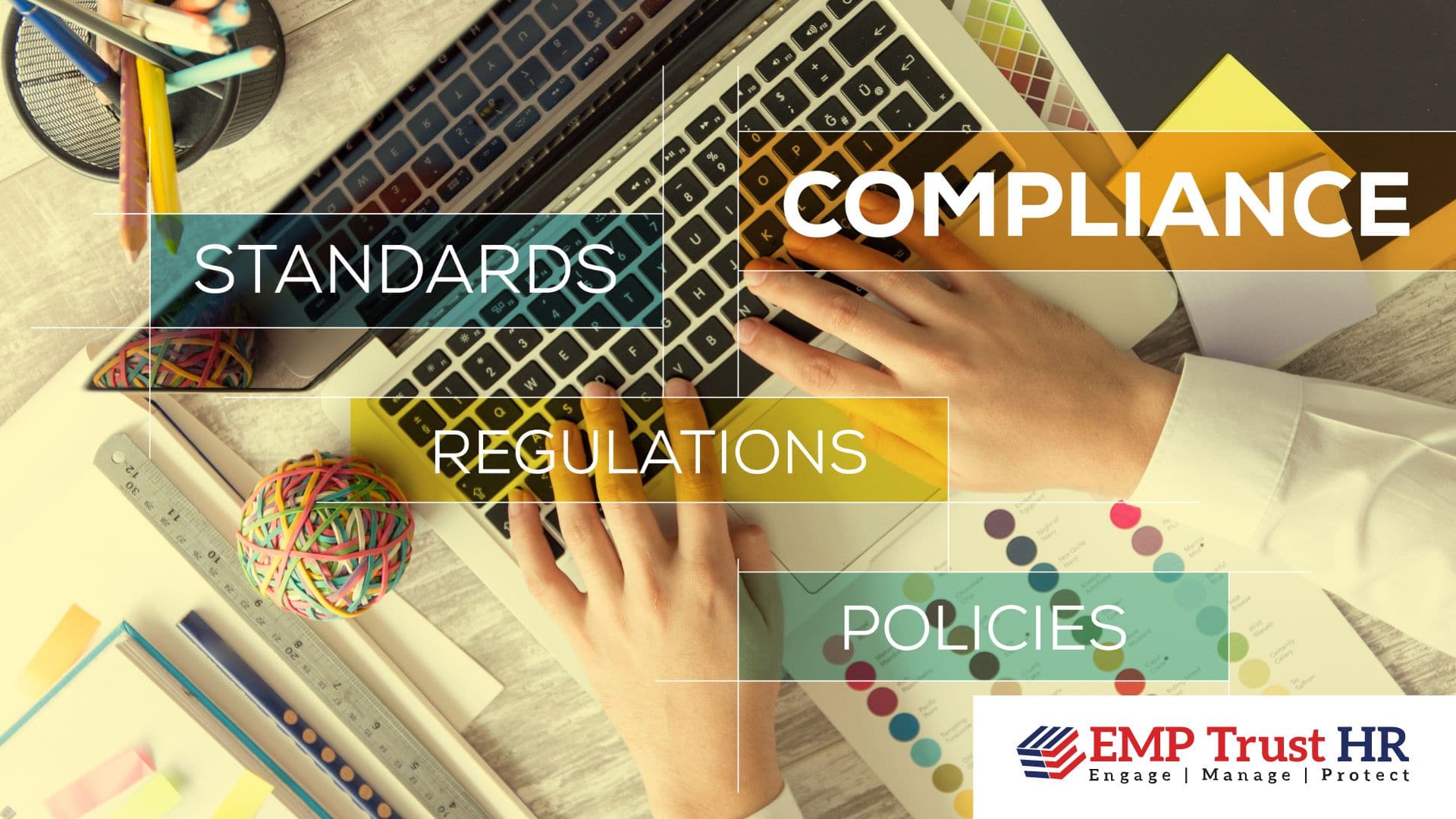In recent years, the topic of diversity, equity, and inclusion (DEI) has become extremely popular in the business world.
Diversity, equity, and inclusion (DEI) include more than just headcounts, rules, or programs. By valuing each team member’s individual needs, viewpoints, and capabilities, equitable employers outperform their rivals. As a result, people who work in diverse and inclusive environments show more loyalty and trust.
What distinguishes inclusion from diversity?
Although diversity and inclusion are related ideas, they are not the same thing. Diversity has to do with representation or how something is put together. The degree to which the contributions, presence, and viewpoints of other groups of individuals are appreciated and incorporated into a setting is referred to as inclusion.
Even though an environment might be diverse, it is not inclusive if it merely contains people of various genders, ethnicities, nationalities, sexual orientations, and identities, but only values limited viewpoints.
What do workplace diversity and inclusion mean?
A diverse and inclusive workplace is one in which everyone feels equally included in and supported, regardless of who they are or what they do for the company. The phrase “all places” is crucial.
Do your hiring processes, departments, and leadership reflect diversity? Or do you have a business where there are 50% female employees but no female managers? Do you have a good representation of diverse employees across all departments?
These probing questions expose genuine workplace inclusion and diversity.
Here we have highlighted a few key insights that can serve as tools for those looking to make workplaces more diverse and, subsequently, thriving.
Include managers from the beginning
Organizations are intricate structures with a variety of internal philosophies, cultures, and dynamics. Therefore, applying a universally applicable policy to various organizations is illogical. The organizational setting is important. And it needs to be taken into consideration when businesses decide how to boost diversity, equity, and inclusion. Organizations frequently hire experts to create programs that are subsequently made available to management. This approach lacks a reality check: Is this program compatible with the way managers currently work, or are managers now forced to add something to their already complex days? Involving managers in the design phase can improve buy-in and facilitate a seamless implementation, making interventions more long-lasting and sustainable.
Gather, tally, and compare
Set objectives, gather information, and assess changes over time and in relation to other organizations: Many companies implement strategies to increase revenue and efficiency. Why not apply the same logic to concerns of inclusion and diversity?
Companies can strengthen accountability and transparency around diversity concerns by gathering and analyzing statistics on diversity over time, comparing those numbers to those at other organizations, and sharing them with important stakeholders. Consider a company where women hold significantly fewer managerial roles in comparison to the local labor market, companies of a similar size, or the organization’s objectives. This gap in representation can be filled by defining specific objectives with figures and deadlines to increase the number of women in management. These objectives can then be shared with important internal and external stakeholders to encourage responsibility. Naturally, this tactic will only be effective if the data is properly examined, advancements and obstacles are continuously noted, and important stakeholders can contribute their opinions to determine a course of action.
Analyze your technology for bias
In the workplace, technology is becoming commonplace. Although technology has the potential to significantly boost productivity, there is also a serious concern that it could perpetuate or even worsen group-based disparities based on race, gender, or other social factors.
First, technologies that are implemented for corporate screening, hiring, and evaluation processes must be based on information that is pertinent to and predictive of success for the specific role being evaluated, as well as information that is fair to socio-demographic groups, such as various racial groups, in the aggregate. But that is insufficient on its own. Before deployment, businesses should test new technology for differential effects on employees, and they should audit their processes to make sure that biases are not forming.
Companies must put diversity, equity, and inclusion initiatives at the top of their priority lists going forward. Last but not the least, businesses must take part in initiatives that work to shatter the taboo around diversity, equity, and inclusion.
